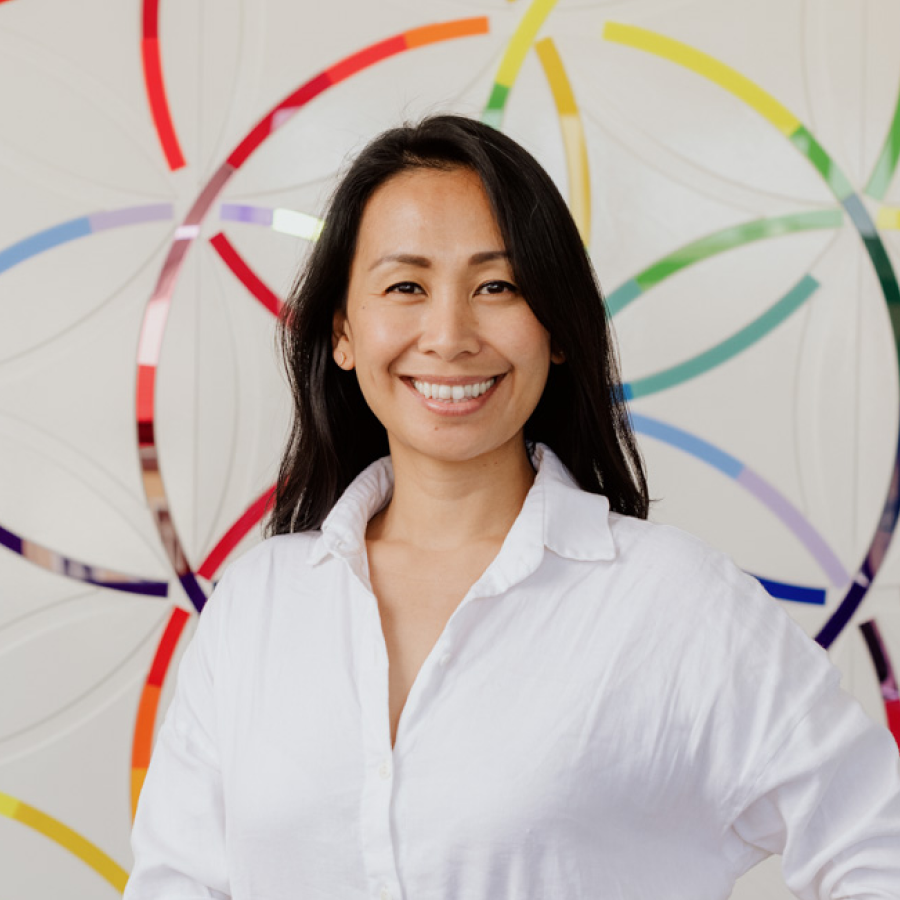Photography by Franz Grünewald and various photographers via Pexels
IWD 2024: For true health equity, we need to be seen
Clue’s CEO, Audrey Tsang, on why it’s so important to make the invisible, visible with data.

Here in Berlin, International Women’s Day is a public holiday. Apart from being a welcome day off, it’s a reminder of how far we’ve come, but also of just how far there still is to go towards gender equality and health equity. It's great to have a day dedicated to celebrating women. But for there to be true equity, women need to be truly seen.
A recent McKinsey report outlined the stark health disparity in numbers: while it’s well known that women live on average longer than men, the invisible fact is that women spend more of those longer lives – 25% more – in poorer health than men. This means markedly lower healthspans for women. Why?
For most of our menstruating lives, we are not sick. We are not patients. But there are moments when something changes, or when what we need changes, because of our biology. Whether we are trying to conceive, are pregnant, managing a condition, seeking a diagnosis, or navigating the transition to menopause, getting the care, support, and answers we need is, far too often, more difficult than it should be.
For this to change, our lived experience needs to be heard and accounted for. The menstrual cycle is afterall the fifth vital sign, and yet centuries of bias (and, frankly, indifference) in medical research has meant there just hasn’t been large-scale data to research some of the most common female health conditions.
We want our health to be taken seriously
In the US, where women spend more on healthcare, have a shorter healthspan, and make more of the healthcare decisions in a household, only 4% of healthcare-related R&D spending is targeted at women’s health issues. It’s seldom supported or understood in the workplace, at home, or even by healthcare systems. Closing the gender health gap would not only improve the quality of life of women for more of our lives, it would boost the global economy by $1 trillion USD per year by 2040.
At a personal level, we constantly hear from Clue members that they are tired of their pain being gaslit and that they just want their health to be taken seriously. Diagnosis takes longer, treatment takes longer, and as a result, many women still live in silent and invisible suffering.
According to a recent Clue survey, an overwhelming 74% of respondents reported that they feel or felt like their symptoms were dismissed by healthcare providers. And this is just the tip of the iceberg, the qualitative stories shared are heartbreaking. Years of severe pain and worry would be completely dismissed. “I had years of doctors telling me it was just bad period pains and putting me on birth control with no education about how to deal with symptoms and flare ups”. Or infuriatingly: “I was often told to ‘come back when you want to get pregnant’.
We can (and must) change this
Health inequity exists and persists because so much of the women’s health experience today is still invisible. It’s invisible because we lack the human-centric, structured and quantifiable data to validate the experience–an experience that has historically and systemically been ignored, overlooked, and even shamed.
But, if we make it visible, by surfacing and quantifying the experiences of women, we can unlock the insight needed to take action to improve the health inequities. That’s what we aim to do for our users at Clue. Because data is insight, and insight is agency.
We understand from our users' experience the important role that data and trusted tracking plays in diagnosis and treatment. In that same Clue survey, almost 30% of respondents felt that tracking their cycles and symptoms with Clue helped them to get a diagnosis. And 75% considered using the app to be helpful for managing their symptoms by tracking them.
At an individual level, tracking makes your experiences, patterns, and changes quantifiable and actionable. On a collective level, the data you track can contribute to research to advance what we know about women’s health, to fuel innovation to materially improve the health and wellbeing of women, and quantify the severity of the problem to build empathy and drive for solutions.
Because the world needs to know and hear this: it’s not in our heads. It’s right here in our data.
